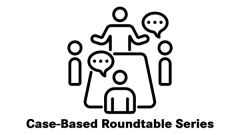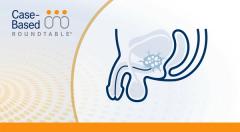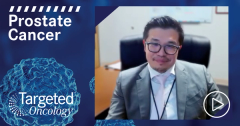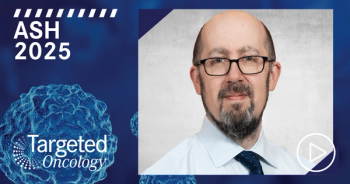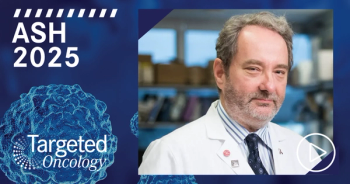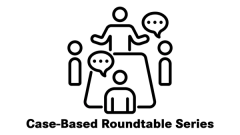
Walking Through the First 3 Physician Visits for Patients with mHSPC
Pedro C. Barata, MD, MSc, discusses a typical process for an oncologist to patients who are newly diagnosed with metastatic hormone-sensitive prostate cancer.
Episodes in this series

Pedro C. Barata, MD, MSc, associate professor of medicine at Case Western University and director of the Clinical Genitourinary Medical Oncology Research Program at University Hospitals Seidman Cancer Center in Cleveland, Ohio, discusses a typical process for an oncologist to patients who are newly diagnosed with metastatic hormone-sensitive prostate cancer (mHSPC).
Barata says that in the first visit, he speaks with patients about goals of care and sets expectations while starting androgen deprivation therapy (ADT). In the second visit, 3 to 4 weeks later, he introduces androgen receptor pathway inhibitors (ARPIs) and explains the differences between the available options enzalutamide (Xtandi), apalutamide (Erleada), darolutamide (Nubeqa), and abiraterone acetate (Zytiga). Additionally, he discusses whether adding chemotherapy to ADT and ARPI should be used based on the PEACE-1 (NCT01957436) and ARASENS (NCT02799602) trials.
On a third visit, he can discuss genetic test results and set up genetic counseling. This would also be when he would begin chemotherapy if needed and evaluate patients for toxicity of their treatment so far. After these visits, treatment becomes more routine unless patients experience disease progression earlier than typical in mHSPC.
TRANSCRIPTION
0:10 | Ininitally, the first conversations include goals of care, prognosis, life expectancy, and treatment. In regards to treatment, the backbone of treatment includes medical or surgical castration. Most patients end up receiving ADT as a form of LHRH [luteinizing hormone-releasing hormone] agonist or antagonist. At the same time, we also have a conversation around germline and somatic testing. That helps us a little bit with prognostication for some patients. For others, it helps us to understand what therapies might be available down the line. But in general, the first conversation is around those points. We introduce the concept of castration to patients, which is not an easy concept to introduce.
1:00 | In general, I tend to get patients to come back to clinic roughly 3 or 4 weeks later. At that point in time, they might start experiencing some ADT-related adverse events. We want to go through them, spend time talking about those, and then introduce the concept of combination treatments, also known as treatment intensification, with an ARPI. So we'll get into this on our second visit. We'll be talking about what ARPIs we're considering, whether it's an anti-androgen or CYP17A1 inhibitor—so between enzalutamide, apalutamide or darolutamide or abiraterone acetate. That conversation does include the concept of volume and timing of metastatic disease, and whether or not we're thinking of adding chemotherapy to this combination regimen.
1:53 | So, as we know, the data to support triple therapies include both abiraterone and darolutamide, and PEACE-1, as well as ARASENS and so from that perspective, it also helps us to walk through risks and benefits of the specifics of the ARPI, different safety profiles. And we end up deciding what ARPI we go on. We see this patient roughly 3 to 4 weeks later. At that point in time, we probably got genetic testing results, so we walk through what that means. We do the pretest counseling, but the posttest counseling for the positive germline results, we end up discussing how we're going to do that counseling, whether it's online or in person, so we get the proper referral. Then for patients who are being considered for triple therapy, that's when we introduce docetaxel, if that's the case, or if not, we are managing toxicity or checking for toxicity at that point.


